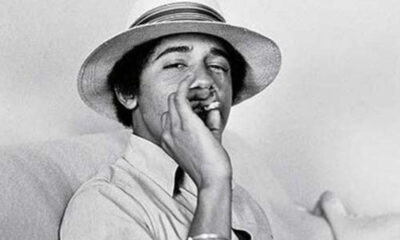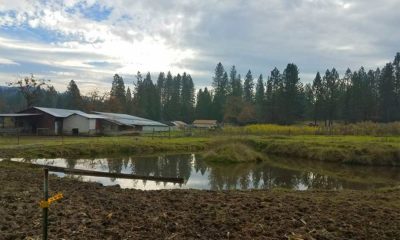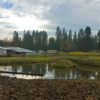Cannabis
Back to the Future
Legal Cannabis Cultivation Returns to D.C.
With the dull thud of a rubber stamp, Washington D.C. cleared the final bureaucratic roadblock against making medical marijuana a reality in the nation’s capitol. The D.C. Department of Consumer and Regulatory Affairs, a municipal agency charged with enacting city law, gave its approval to the District’s first medical marijuana dispensary and cultivation operation, approved by D.C. voters all the way back in 2009. For the first time in decades, members of Congress fighting cannabis law reform throughout the country will soon drive past a taxed and regulated cannabis industry on their way to work.
The last time cannabis grew legally in D.C., it was under the fastidious eye of Lyster H. Dewey, a brilliant agronomist in the full-time employ of the U.S. Department of Agriculture. From before the 20th century until just before the outbreak of World War II, Dewey dutifully tended the fields at Arlington Farms, a government-owned plot near the heart of the capitol, where he derived through careful experiments the best farming practices for growing an extremely important crop: cannabis sativa L., known to most of the country as “hemp.”
American farmers in the 19th and early 20th centuries developed a dizzying array of cannabis products, applied to goods as diverse as rope, cellophane, and dynamite. To support such an important cash crop, the USDA disseminated pamphlets nationwide on the best ways to grow it, based on Dewey’s pioneering agronomy. In time, industrialists like Henry Ford discovered that parts of the hemp plant could even be used to power ethanol engines which never needed a drop of gasoline.
Federal pot prohibition is newer than many people realize. Hemp production continued in significant numbers all the way into the mid-1940s, when the pressing demands of a navy at war compelled the USDA to produce “Hemp for Victory!,” a 16-minute propaganda film encouraging American farmers to significantly increase hemp production for a patriotic cause. The surplus of hemp rope aided in the production of U.S.-built “Liberty” ships, the fleet which played a critical role in keeping the European front supplied with badly-needed provisions. Nevertheless, after the pressing urgencies of war faded into history, an aggressive policy war against cannabis in all its forms led to the eventual extinction of the American hemp industry in the 1950s. Arlington Farms was dug up and paved; where Lyster Dewey once tended fields of cannabis, scores of cars now bake in the sun, parked by their owners – employees of the Pentagon.
Cannabis may be an annual, but in the District as in so many other locales, its recurrence is perennial.


























